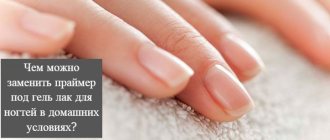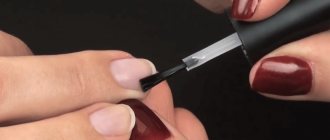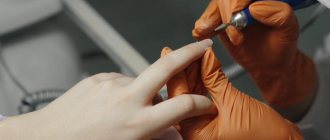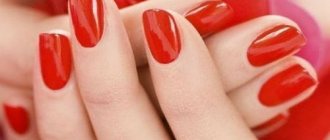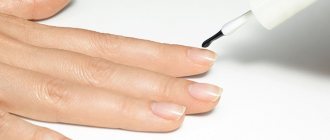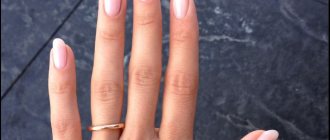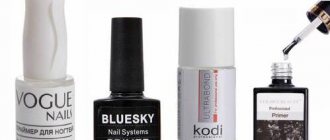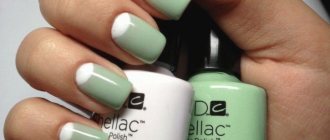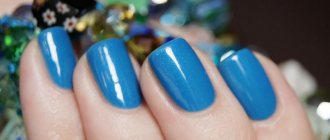The key to a high-quality and long-term manicure is competent pre-treatment of the nail plate. Typically, just a base coat is not enough, and this layer can also become unstable if the underlying nail is not prepared. This is done using a so-called primer. Everyone knows about its functions, just as everyone knows about the need for its use. But what can you replace the primer with if you don’t have it on hand and you definitely need to finish your manicure? Let's consider this question!
Brief Introduction
You may be interested in: Whitening creams for body and face
First of all, it is worth understanding what a primer is and under what names this product can also be found. So, literally translated, the word “primer” means “primer”. Obviously, this product is designed to prepare the nail for the application of a further decorative layer or several layers. At the same time, he is obliged to perform certain functions, namely:
- Drain excess moisture from the nail.
- Remove the greasy layer from the surface.
- Make the surface a little rough.
All this is necessary so that the base layer of gel polish or build-up composition “sticks” to the nail plate as tightly as possible. But it happens that this miracle product runs out at the most inopportune moment, and then the question arises: what can replace the primer with while maintaining this functionality?
Should I dry the primer in a lamp?
There are self-curing and light-curing primers.
Self-curing nail primers dry quickly. Everything is individual, depending on the manufacturer and the intensity of the product - on average from 5 to 60 seconds. There is no need to dry them in a lamp.
Some manufacturers produce products that are dried in a UV lamp. This is usually indicated in the accompanying information. Such primers have a thick and viscous texture, while others are liquid, like water.
It is important to follow the duration of exposure in the lamp indicated on the product, otherwise you can harm your nails. Some primers take a long time to dry.
The main thing is not to apply the next layer until the primer has dried.
Don't miss the most popular article in the section: How to extend nails with gel polish. Nail extension instructions for beginners. Photo.
No. 1 - acetone
You will be interested in: “Champs Elysees Guerlain”: reviews, description of the fragrance, main notes
The first thing you can replace your nail primer with is nail polish remover containing acetone. Exactly this kind, aggressive and “out of fashion”, and not those exquisite bubbles that are now sold as gentle in the assortment. It's simple - the "Nail" product contains a lot of acetone, and it is this component that allows you to simultaneously draw out unnecessary moisture from the nail, degrease it and create a slight roughness on the surface. It is important to remember that if you are not buying Marigold, but another similar product, study its composition. It should not contain oils, since we get rid of them with the help of a primer, because they are the ones that prevent the manicure from staying on the nails for a long time.
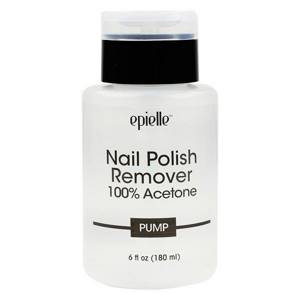
No. 2 - vinegar
A product that contains a large amount of acids necessary for high-quality degreasing of the nail. This is something you can use to replace primer at home when you don’t even have acetone on hand. The product is more gentle than its branded counterpart, but at the same time it has a positive effect on the nails and the skin around them. The cuticle softens, the fingers become more tender, the skin cleanses. It is important to note that with the help of white table vinegar, unfortunately, it is impossible to lift the scales of the nail so that the varnish adheres to the surface as firmly as possible. But you can compensate for this shortcoming with the help of a file. Masters advise choosing medium abrasiveness and treating each nail with it.
You may be interested in: Essential oils for men: properties of oils and their correct use
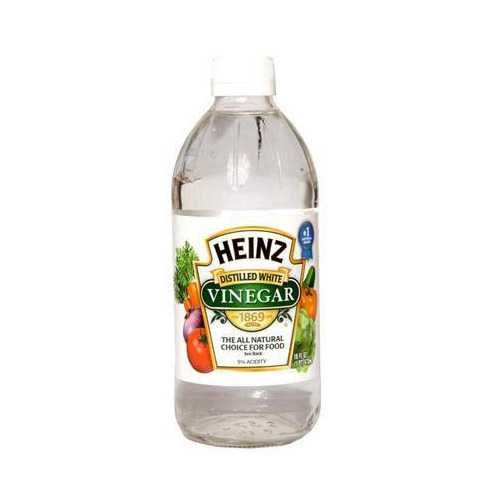
Differences between primer and other manicure liquids: degreaser, dehydrator and bonder
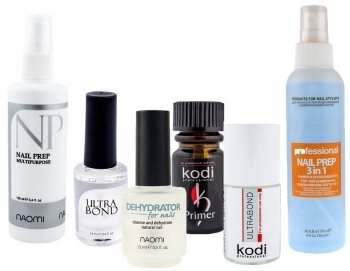
- A degreaser is a soft liquid that removes excess oil and dirt from the surface of the nail. It is applied throughout the entire extension procedure, while the primer is applied only once at the very beginning.
- A dehydrator is needed to dry the plate and remove excess moisture and sweat . Most often, a dehydrator is used if the client's hands tend to sweat excessively.
- About bonder (bond) is written above, this is the so-called pre-primer .
You cannot replace the primer with other manicure liquids: they will not provide the necessary adhesion of the nail to the coating.
No. 3 - ethyl alcohol
This drug acts in a similar way to vinegar, but differs from its predecessor in the absence of acids in the composition. It is also important to note that the absence of acids does not mean that the product will be more gentle on your nails. On the contrary, alcohol can greatly dry out both the nail itself and the skin around it, which will cause a lot of discomfort in the future. Therefore, it must be used extremely carefully, applied to the nails without touching the cuticle, and only once. At the same time, like white table vinegar, ethyl alcohol will not be able to provide adequate adhesion to the varnish and nail. That is why you need to take the file again and process the surfaces of the nails so that they become rougher and secure all further layers of manicure. By the way, if you are looking for something that can replace a primer for extensions, then alcohol would be the best candidate. It will dry out the nail the most, which will allow the helium or acrylic mixture to stick to it for a very long time.
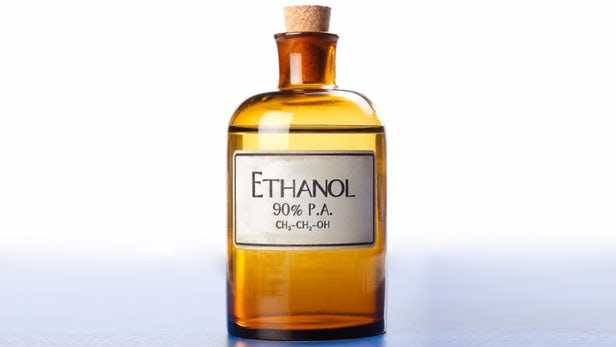
How to properly apply primer on nails: instructions for use

Photo from website: NogtiPro.com
Typically, each manufacturer offers detailed and intuitive instructions on how to apply primer to nails before base coat. These recommendations may vary slightly, but are basically standard, so we will provide general tips that will help you cope with almost any task regarding the primer and its application. Let's figure out together how to do all this so that it turns out perfectly and does not require a long treatment of burns from a caustic and even somewhat toxic substance.
Please note
If you accidentally get primer on your skin, you should immediately wash your hands thoroughly with plenty of soap and water, ideally under the tap. If you did not have time to do this and the burn still appears, you should immediately consult a doctor to relieve possible problems in the future.
- Before applying nail extensions, it wouldn’t hurt to do a regular manicure and also remove the cuticles. However, some masters claim that doing this is harmful. If you also have a similar opinion, then simply push back the cuticle with a pusher or an orange stick.
- Using a special nail file, remove the gloss from the entire surface of the nail plate so that it becomes rough rather than smooth. It is not recommended to remove a layer that is too thick, as it can damage and ruin your nails. Remaining dust must be vigorously brushed off using a fairly stiff brush.
- Place a little primer on the brush, be sure to press it against the edge of the jar, and sweep it over the surface of the nail plate. The easiest way to do this is to apply the brush to the center of the nail and let the substance spread freely, this way you minimize the risk of the primer getting on the skin. You need to apply this substance to your nails in an extremely thin layer, otherwise the effect may turn out to be exactly the opposite of what you want, and the scales of the nail plate will not rise.
- Thus, the process of applying the substance is actually completed, all that remains is to figure out how to dry the primer on the nails, which is very simple. In most cases, the manufacturer recommends drying the substance in the open air, without the use of any equipment. Drying can take from one to five to fifteen minutes, but this is extremely rare.

Photo from the site: ibeauti.ru
Sometimes manufacturers advise drying the primer under a special lamp, then the process generally takes only a few seconds. But if nothing like this is indicated in the instructions, then you should never improvise, as this will affect the quality of subsequent extensions and its durability.
No. 4 - alcohol-containing liquids
It often happens that there is no pure alcohol in the house - nothing surprising; in recent years it is not considered a “must-have” in the medicine cabinet, as there are many more “humane” alternatives. So you can take them into everyday use. As a rule, something that can replace the primer can be found in any first aid kit. These are tinctures of various herbs and berries, alcohol rubs for joints and muscles, some homeopathic preparations for colds based on ethyl, etc. They will cope well with the oily layer of the nail plate, and, depending on the “aggressiveness” of the effect, they will be able to lift nail scales and make it more porous. As a bonus, experts note that many such products also have a positive effect on the structure of the nail itself and the condition of the cuticle. Fingers are transformed and retain a well-groomed appearance longer.
What is primer and what is its function?

A primer is a cosmetic product that is similar in consistency to nail polish and is available in the same form - in small bottles with a brush in the lid. Tasks that this product performs:
- Degreases the surface of the nails.
- Removes excess moisture from the plate and dries it.
- Disinfects the surface, prevents the activity of pathogenic microorganisms, in particular fungi.
- Slightly lifts the scales of the top layer of the nail plate so that the base and decorative coating lasts as long as possible.
It is not necessary to use a primer if you plan to perform a manicure with regular nail polish. But if a permanent coating is applied (gel polish, shellac, acrylic), using a primer is a mandatory step in performing nail art.
No. 5 - boric acid
Here we are again back to acids, which also do an excellent job of degreasing and preparing the nail plate for further application of decorative layers. Boric acid is a universal product, available in almost every home and even every office, so quickly applying it in manicure will be very simple. Please note that if the percentage of acid is very high, it is advisable to dilute it with water, otherwise you can severely dry out the cuticle and the nail itself. Also adding a “plus” to this product is the fact that it is included in many ultrabonds - that is, nail primers.
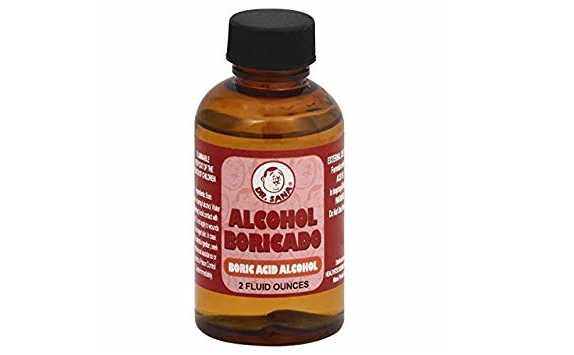
How to choose a good product that applies well and lasts a long time
This material is presented in several types. The composition and principle of influence are their main differences. There are three main ones:
- prep primer;
- acid-free;
- acid.
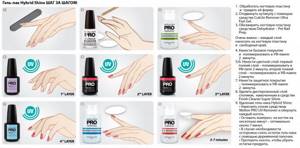
Each of them is used in certain procedures, taking into account the condition of the nails and determining which is better is not so difficult.
Pre-primer - how to use the base
This remedy is considered a “light” option. Bond is his second name. Flavors and other aggressive substances (dyes) are not included in the composition. The effect of the prep is soft and delicate, not reaching the deep layers of the nails. Their water balance is maintained at the required level. They will not become dry and brittle.
Pre-primer is rarely used for extensions, since it cannot provide the necessary adhesion of the artificial material to the nail plate.
It is applied as a base coat under stronger types of primers to create additional protection for weakened nails that are prone to brittleness. Prep can be used by people who sweat excessively, as peeling of the artificial turf may occur. Read how to properly prepare and apply a hot hair mask here.
Acid-free
It does not contain acids, which ensures the safety of the procedure. It can be used even on fragile nails. The primer degreases perfectly.
As a result, good adhesion of the gel polish to the plate is achieved. If you use an acid-free product in accordance with all points of the instructions, its effect is not inferior to acidic primers.
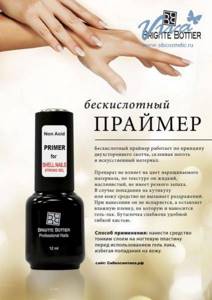
The skin, cuticle, and nail folds will not be damaged if a small amount of the product gets on them. But you still need to be careful when applying, as redness may occur with increased sensitivity. Acid-free primer is also used when applying pedicures.
Acid
Methacrylic acid is contained in this product ranging from 30% to 100%. The acid causes the nail to soften. The horny scales, when raised, provide reliable adhesion of the artificial covering to the treated surface. Read all about the benefits and harms of tar shampoo at this link.
Acid primer has its drawbacks. It's toxic. Methacrylic acid is highly active. When using, you must be extremely careful to avoid contact with the skin of your hands. Acid can cause redness of the skin area, severe burning, even chemical burns. His treatment is quite long.
This type of product can be applied to healthy, strong nail plates. It is better not to use it for thin and sensitive nails. He will ruin them completely. It is used for processing when carrying out acrylic extensions. An innovative foot cream – Deo Control – will quickly eliminate unpleasant foot odor.
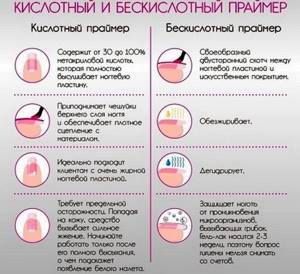
When buying a product, you need to focus not only on the cost. An important factor is the extent to which the manufacturer is known and reliable. By purchasing a primer from an unknown company, you can seriously harm your nails.
Useful video comparing acid and acid-free primers
No. 6 - salicylic acid
Well, here we see how a product that copes well with various kinds of skin defects helps to temporarily solve the problem of the lack of ultrabond for nails. When you don’t know at home what you can replace the primer with due to the lack of all the above products, use this. Salicylic acid will help you achieve almost perfect results. It dries efficiently, but at the same time carefully, perfectly disinfects, and removes excess moisture from the surface of the nail plate. Moreover, if its concentration is not too high, the nail will become a little rough, its upper layers will rise. All you have to do is finally “lift them up” by going over them with a nail file. After this, you can safely apply the coating and be sure that it will last well.
FAQ
- Is it necessary to use a primer to degrease nails? The question often arises whether a nail primer is needed, and whether it is possible to do without it at all, because it is not included in gel polish starter kits. Answer: yes, but only if the coating holds up well without it. That is, by refusing to use a primer, you can get a shorter period of wearing gel polish. But for nail extensions, using a primer is a mandatory step.
- What is the difference between a primer and a nail base? This question may arise for beginners, since these are completely different concepts, although their function is very similar - ensuring reliable adhesion of the material to the surface of the nail. However, the primer is not an independent layer and does not dry in a lamp, while the base is part of a three-phase nail gel polish coating system, has a sticky layer, shine and polymerizes in a lamp. Its use is not necessary only if you use single-phase gel polishes (3 in 1 gel polishes), otherwise the technology for creating a long-term coating will be disrupted and the result may not be what you expect.
- Should nail primer be dried in a lamp? No, it is not necessary unless this is indicated in the instructions for use from the manufacturer. There are primers that need to be dried in a lamp, and this will definitely be indicated on the packaging.
- Which primer is better? I can’t undertake to recommend specific manufacturers, since I have tried a very limited number of them, but I would recommend buying a primer that does not require drying in a lamp - this will reduce your working time. Of those that I had, I liked the prep from Red Carpet Manicure the most: I have been using its small 10ml bottle for 2 years, and it dries in a matter of seconds - a white coating is visible on the nails immediately after applying the brush. Bonder from Ingarden dries in about 30 seconds and leaves a slight sticky residue - I use it with less durable gel polishes.
In this large article, I tried to sort out all the questions related to nail primer. If something remains unclear to you, ask in the comments.
No. 7 - vodka
We have already discussed all pharmaceutical products that are based on alcohol, but we forgot about this not very healthy drink. In this case, this is an excellent alternative than replacing the gel polish primer, and using this liquid to greater benefit. It is very convenient to purchase a mini-bottle at the checkout if there are no other means for degreasing the nail plate in the house, and it is a very long walk to the nearest pharmacy. Note that vodka is not as aggressive as pure alcohol, so it can be used without undue fear, and sometimes you need to treat your nails twice or thrice to achieve the desired effect.
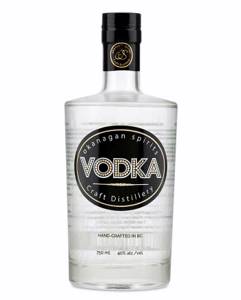
Will gel polish last without primer?
Many girls are interested in whether gel polish will last without a primer? It all depends on your nails.
Features of using the primer:
- If they are hard, thick and dry, then there is no need to apply a primer; it will be enough to apply a dehydrator, degrease the nail well and apply bonder, which is a kind of glue. But you can’t assume or predict how gel polish will behave solely on your nails.
- Even experts will not do this, so it is advisable not to exclude the primer from this chain. If your nails are not very wet and you do not want to damage them too much, purchase an acid-free primer or some kind of combined substances.
- Now on sale are 2 in 1, dehydrator and primer. Such means exclude the purchase of a dehydrator separately. Everything is applied in one layer; one treatment with such a combined product will be enough, after which you can apply the base.
- If we are talking about building or strengthening, especially with acrylic, then in this case the primer cannot be replaced with anything. Usually acidic is used, because the acrylic layer is thick, hard and durable, fungi and microorganisms can grow under it.
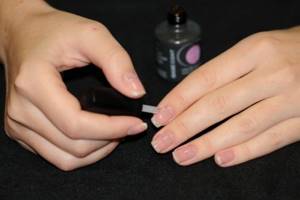
Base coating
No. 8 - cologne
Our list of products that can replace gel polish primer is completed by this aromatic product. It contains more than 70 percent ethyl alcohol, so its appearance in this rating is quite justified. Men's colognes are more “aggressive” in relation to nail scales. But you can also use women's perfumed or eau de toilette, just repeat the procedure several times. Another advantage of this method is that some essential oils that are included in fragrances also have a drying effect. This is tea tree, citruses, white flowers, etc. Therefore, the fresher your perfume, the better! Well, as a bonus, you get a scent that will literally be hidden under your manicure.
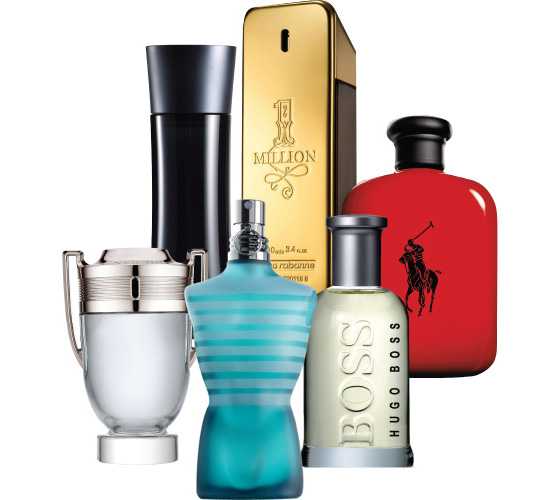
Shellac products and tools
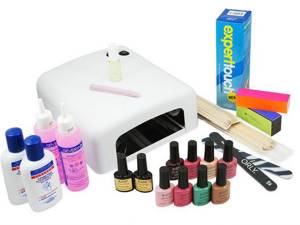
A set of tools necessary for shellac
Special lamp for drying nails. You can use both an ultraviolet and LED lamp, with a power of 18 watts or more.
Manicure set.
A product that removes cuticles. Or use cuticle softening oil.
Special degreaser for nails. Alternatively, you can wipe with alcohol-containing wipes or acetone.
A product that protects nails, which is what a shellac primer is for.
Base coat for shellac.
Shellac in the chosen color.
Top coating.
A primer for shellac is needed because... is a special base created for nail extensions . Why is a special procedure carried out before extensions? First prepare the nails.
The preparation process consists of:
cuticle removal
giving the desired shape to the nail
performing superficial cleaning of the nail plate
nail disinfection
degreasing nails.
Before extensions, it is necessary to apply a substance to the nails that will connect the extended and natural nails. This is why substances such as adhesives are needed. And one type of adhesive is a shellac primer.
Advice from the experts
Experts in the field of manicure answered positively to the question of whether primer can be replaced with household or pharmacy products. They then make recommendations regarding the use of one of the selected products.
- You should not use cotton pads, and especially cotton wool itself, to degrease your nails - small fibers will get caught in the scales and they will ruin your manicure. Lint-free napkins, products made from linen, calico or other natural material are suitable.
- From the very morning of the day you are going to do your manicure, do not use creams and oils, but wash your hands more often. The fats from these products will penetrate very deeply into the structure of the nail and it will be very difficult to wash them out even with first-class primers.
- Do not forget about treating the nail plate with a file - before applying the primer substitute, or after.
- Do not touch the nails that you have just degreased - all your efforts will be in vain.
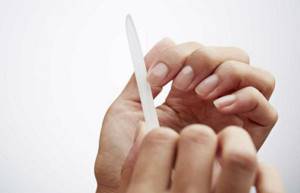
What is a nail primer or bonder for?
primer also performs a degreasing function, but in addition, it improves the adhesion of the nail to the material, lifting the scales of the upper layers of the nails, and kills harmful microorganisms that can multiply under the artificial surface. Thus, in addition to degreasing, it also has a protective function.
Bonder , bond or pre-primer degreases the nail plate without affecting its deep layers and is usually used before applying an acidic or acid-free primer (or non-acidic).
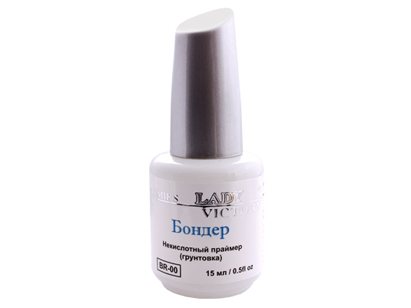
Thus, you see that the line between all these products is very thin and often everything is written on one package at once (see photo), so it is best to choose based on the condition of your nails. For example, if your nails are naturally dry, then you shouldn’t overdry them - choose a product for surface degreasing. If, on the contrary, your nails are constantly shiny, it means they are quite oily and require careful dehydration.
At the same time, there is no need to worry about the condition of the nail plate: all these products are quite gentle - they are not capable of disturbing the water balance in the nail plate, drying it out and making it more brittle.
